Customer Experience Form

Enhance Your Customer Engagement with Our New Feedback Form. Gain direct access to your customers' thoughts and experiences. Understanding their feedback will empower you to make informed decisions to enhance your products and services.

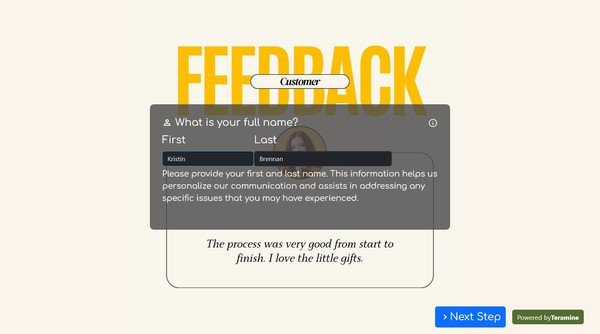

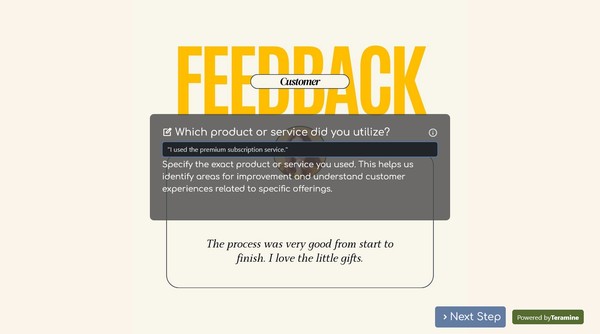
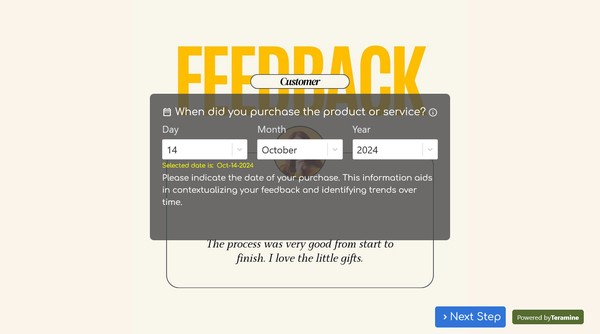
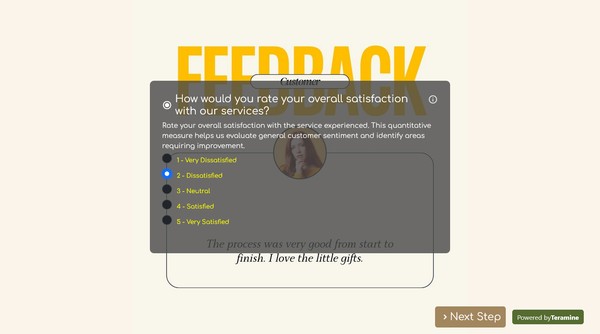


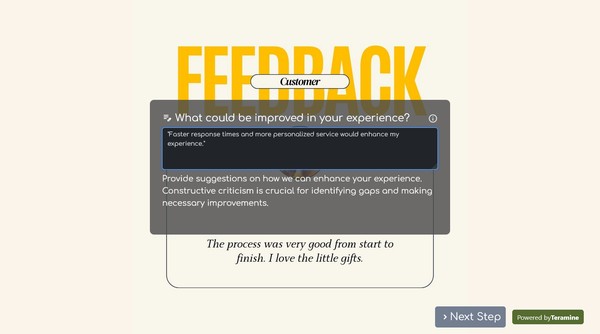

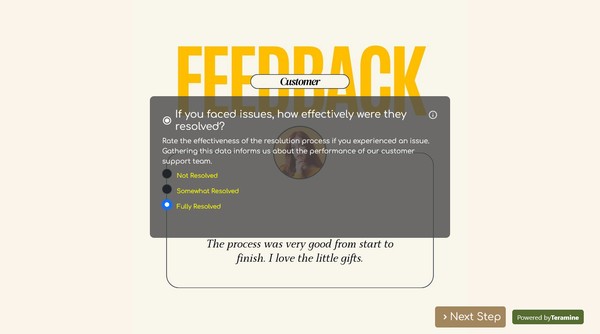


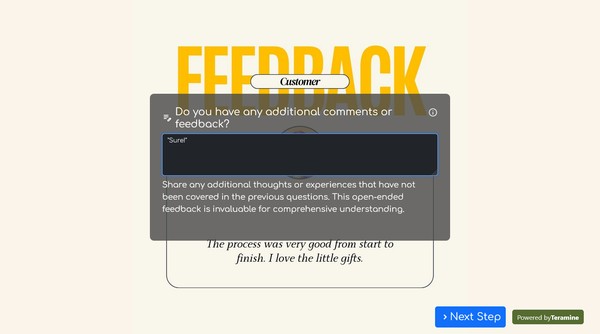
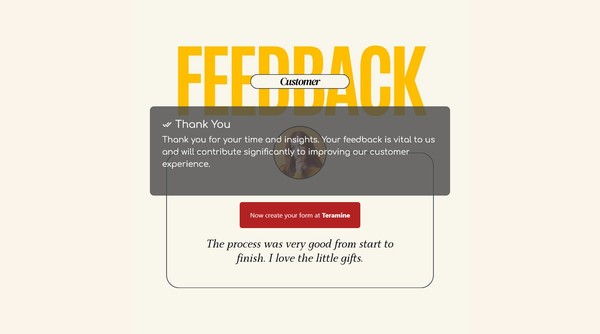
Customer Experience Form FAQs
A Customer Experience Form is a structured document or digital interface designed to gather feedback from customers regarding their interactions with a business, product, or service. This form serves several important purposes in the realm of customer service and engagement:
Feedback Collection: It allows customers to express their opinions, experiences, and suggestions, enabling businesses to understand their strengths and areas for improvement.
Data Analysis: The collected data can be analyzed to identify trends, patterns, and sentiment, which can inform strategic decisions and operational improvements.
Enhancement of Customer Relations: By actively seeking customer feedback, businesses demonstrate a commitment to customer satisfaction and foster stronger relationships.
Product and Service Development: Insights from the form can guide future development efforts, ensuring that offerings align with customer needs and expectations.
Performance Measurement: Organizations can utilize the information gathered to measure customer satisfaction and experience metrics such as Net Promoter Score (NPS) or Customer Satisfaction Score (CSAT).
In summary, a Customer Experience Form is an essential tool for organizations aiming to enhance customer satisfaction, loyalty, and overall experience through systematic feedback collection and analysis.
A well-structured Customer Experience Form is essential for gathering valuable feedback and insights from your customers. Below are key components that such a form should incorporate:
Title and Introduction:
- A clear title indicating the purpose of the form.
- A brief introduction explaining the importance of customer feedback and how it will be used to improve services.
Customer Information:
- Name (optional to ensure anonymity).
- Contact information (email or phone, if follow-up is desired).
- Demographic information (optional, e.g., age, location) for segmentation purposes.
Experience Feedback:
- Rating Scale Questions: Utilize a Likert scale (1-5 or 1-10) to evaluate various aspects of the customer experience, such as:
- Overall satisfaction.
- Quality of product/service.
- Ease of interaction (e.g., website usability, ease of checkout).
- Responsiveness of customer support.
- Open-ended questions for detailed feedback:
- What did you enjoy most about your experience?
- What areas could be improved?
- Rating Scale Questions: Utilize a Likert scale (1-5 or 1-10) to evaluate various aspects of the customer experience, such as:
Specific Interactions:
- Questions focusing on particular experiences, such as:
- The purchasing process.
- Product/service delivery.
- Customer service interactions.
- Questions focusing on particular experiences, such as:
Net Promoter Score (NPS):
- A specific question like, “On a scale of 0-10, how likely are you to recommend our company to a friend or colleague?” followed by an optional explanation for the rating.
Suggestions for Improvement:
- A dedicated section where customers can provide suggestions or ideas to enhance their experience.
Likelihood of Return:
- Inquiries into whether the customer would consider returning for future purchases.
Final Comments:
- An open-ended field for any additional feedback or comments that may not have been covered.
Thank-You Note:
- A closing statement thanking the customer for their time and input, along with information on how their feedback will be used.
Optional Incentives:
- If applicable, mention any incentives for completing the form (e.g., discount codes, entry into a raffle).
By ensuring that your Customer Experience Form covers these components, you can effectively capture and analyze customer feedback, ultimately leading to enhanced customer satisfaction and loyalty.
Utilizing a Customer Experience Form offers numerous advantages that contribute to enhancing overall business performance and customer satisfaction. Here are some key benefits:
Structured Feedback Collection: A Customer Experience Form provides a systematic way to gather feedback from customers. This structured approach ensures that the information collected is relevant, comprehensive, and easy to analyze.
Identifying Improvement Areas: By analyzing responses from the form, businesses can pinpoint specific areas that require improvement. This can lead to targeted interventions that can enhance the customer experience and increase satisfaction.
Enhanced Customer Engagement: Implementing a Customer Experience Form demonstrates to customers that their opinions matter. Engaging with customers in this way fosters a sense of loyalty and connection between the brand and its audience.
Data-Driven Decision Making: The insights gained from the feedback can inform strategic decisions. This data can be used to develop new products, improve existing services, and adjust marketing strategies, ultimately leading to better alignment with customer needs.
Benchmarking Performance: Regularly collecting customer experience data allows organizations to establish benchmarks for service quality. Over time, this data can help track performance improvements or declines, enabling proactive management of customer expectations.
Enhanced Customer Segmentation: Detailed responses can facilitate better customer segmentation, enabling businesses to tailor their offerings and communications accordingly. This personalized approach can significantly improve customer experiences.
Facilitating Quick Resolutions: Through the insights gained, businesses can identify common pain points or recurring issues faced by customers. Addressing these proactively can lead to quicker resolutions, thereby improving customer satisfaction.
Competitive Advantage: Companies that actively seek and act on customer feedback often gain a competitive edge. By continuously improving their customer experience based on structured feedback, they can differentiate themselves in the marketplace.
Cultivating a Customer-Centric Culture: Regular use of Customer Experience Forms encourages a culture of listening and responsiveness within the organization. This mindset can permeate all levels of the business, reinforcing the importance of customer satisfaction.
Increasing Customer Retention: Understanding and addressing customer needs through feedback can lead to higher retention rates. Satisfied customers are more likely to return and advocate for the brand, further driving growth.
In summary, implementing a Customer Experience Form is a strategic move that not only enhances understanding of customer needs but also drives organizational improvements and establishes a stronger brand-consumer relationship.
Yes. We take the security of your data very seriously. We have built our application in compliance with the latest security standards. Your data is locked down with access allowed only after strict security checks. In addition, we use the latest SSL encryption standards to protect your data in transit from our servers to your device. You can also protect your forms by using our captcha widgets to prevent spam.'













